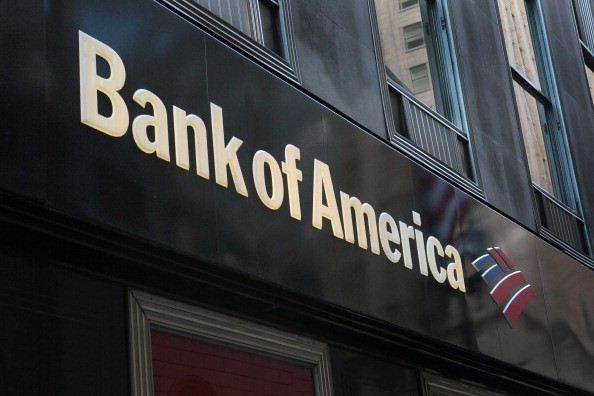
The housing market in the United States is unlikely to see improvements anytime soon, according to a new forecast.
Economists at the Bank of America recently released a note where they said the affordability crisis in the US may remain stuck until 2026.
"The U.S. housing market is stuck, and we are not convinced it will become unstuck anytime soon," Bank of American economist Michael Gapen said in the note, as quoted by CNBC.
"After a surge in housing activity during the pandemic, it has since retreated and stabilized. We view the forces that have reduced affordability, created a lock-in effect for homeowners, and limited housing activity will remain in place through our forecast horizon," the note further read.
In addition to the affordability crisis remaining until 2026, the Bank of America also predicted home prices to continue rising by 4.5% this year, 5.0% in 2025, and 0.5% in 2026. Mortgage rates are also unlikely to fall even if the Federal Reserve makes interest rate cuts.
"This will take many years to work itself out. There isn't a magic fix. The message for first-time homebuyers is one of patience and frustration," Gapen said in a phone interview with CNN.
Other Housing Market Predictions
Chris Vermeulen, chief market strategist of The Technical Traders, made a different forecast compared to the prediction from the Bank of America. Speaking with Business Insider, Vermeulen said the real estate market would likely see a correction in prices soon, adding that the recent stabilization of construction on single- and multi-family homes may just be a "bounce" if mortgage rates remain elevated.
As of the week ending June 27, the contract rate for the 30-year mortgage hit 6.86% while the rate for the 15-year mortgage rose to 6.16%, according to Freddie Mac's Primary Mortgage Market Survey.
"To me, this is a sign that things are really breaking down, and this is just a bounce," Vermeulen said of the recent stabilization in construction activity. "It's the last spot right now [where] you can squeeze a little bit of profits out of these buildings. [Material and labor costs are up] and then, we see the financial sector and real-estate pricing really fall apart."




